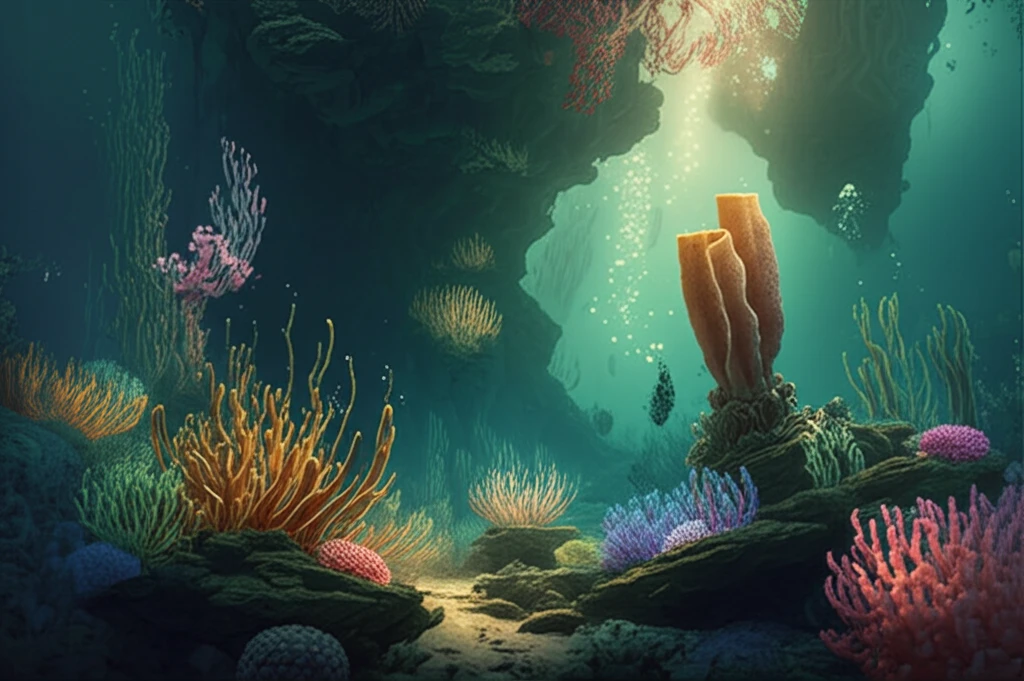
Unlocking Earth's Ancient Secrets: A Deep Dive into Permian Reefs
"Journey back 250 million years to explore the Permian period's hidden reef ecosystems, revealing critical insights into our planet's past and future."
Imagine stepping back in time over 250 million years to a world teeming with unique marine life. Picture vibrant underwater ecosystems, bustling with sponges, algae, and a myriad of other organisms, all working together to build colossal reef structures. This was the Permian period, and these ancient reefs hold invaluable clues about our planet’s history and its future.
Unlike the coral-dominated reefs of today, Permian reefs were primarily constructed by sponges and other microbial organisms. These reefs thrived in diverse marine environments, from deep, muddy waters to sun-drenched shallow seas. By studying their architecture and composition, scientists can unlock secrets about ancient sea levels, climate conditions, and the evolution of life on Earth.
A recent study focused on the Jiantianba reefs in South China offers a comprehensive look into these fascinating ecosystems. These reefs, formed during the Late Permian period, provide a well-preserved example of a complete reef complex, revealing intricate details about their structure, the organisms that built them, and the environmental conditions in which they flourished. Let's embark on a journey to explore these ancient wonders and uncover the lessons they hold for us.
What Can Ancient Reefs Tell Us About Earth's Climate?

The Jiantianba reef complex, located in western Hubei Province, China, is a prime example of a platform marginal reef. Through detailed field observations and lithological analysis, researchers have identified twelve distinct reef facies, each associated with specific marine environments. These facies, distinguished by their sedimentary components and growth fabrics, paint a vivid picture of the reef's complex ecosystem.
- Heterozoan Reef Core Association: Developed in deep marginal platforms with muddy compositions.
- Photozoan Reef Core Association: Flourished within the photic zone, where sunlight penetration allowed for photosynthesis.
- Tide-Controlled Reef Crest Association: Characterized by tidal-dominated lithofacies in shallow waters.
- Reef-Bank Association: Dominated by bioclastic components, indicating areas of high wave energy and sediment accumulation.
Why Does Understanding Ancient Reefs Matter Today?
The study of ancient reefs like the Jiantianba complex is more than just an academic exercise. It provides valuable insights into the Earth's past, helping us understand how ecosystems respond to environmental changes over long timescales. By studying the organisms that thrived in these reefs and the conditions in which they lived, we can gain a better understanding of the factors that influence biodiversity and ecosystem resilience. These lessons are crucial for addressing the challenges facing our planet today, including climate change, ocean acidification, and habitat loss. Understanding the past can inform our actions in the present, helping us protect and preserve our planet's precious marine ecosystems for future generations.
